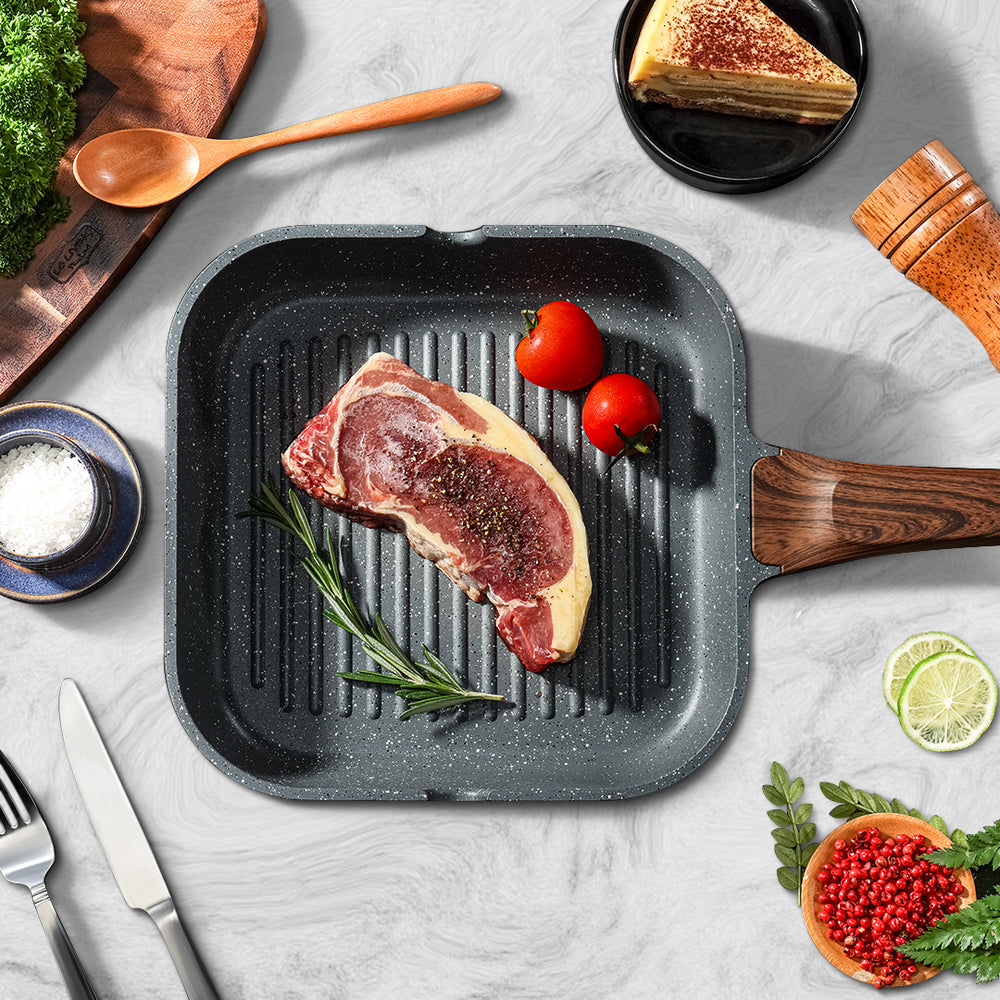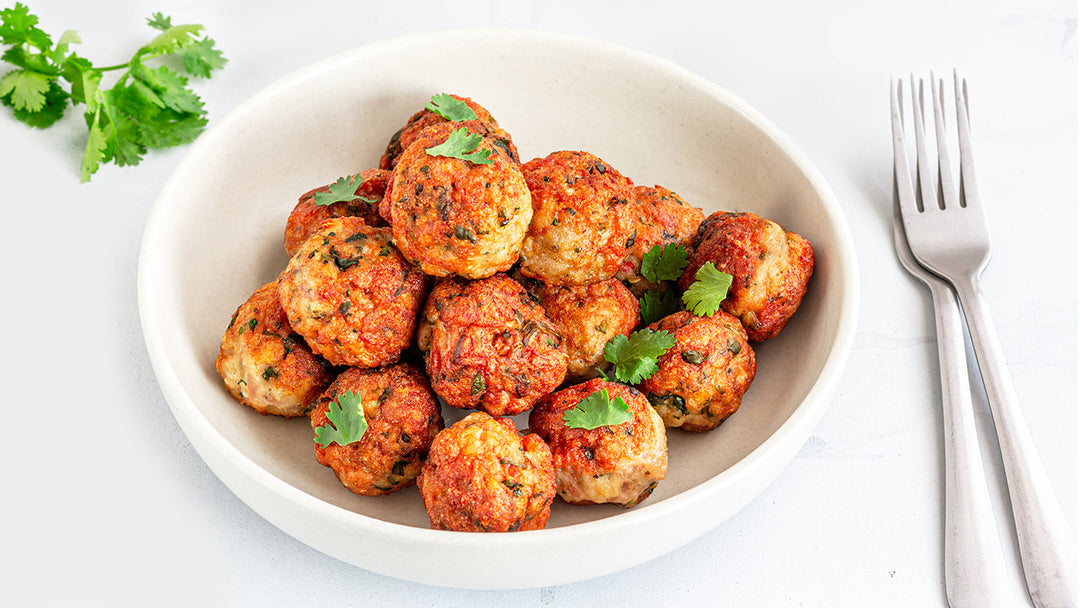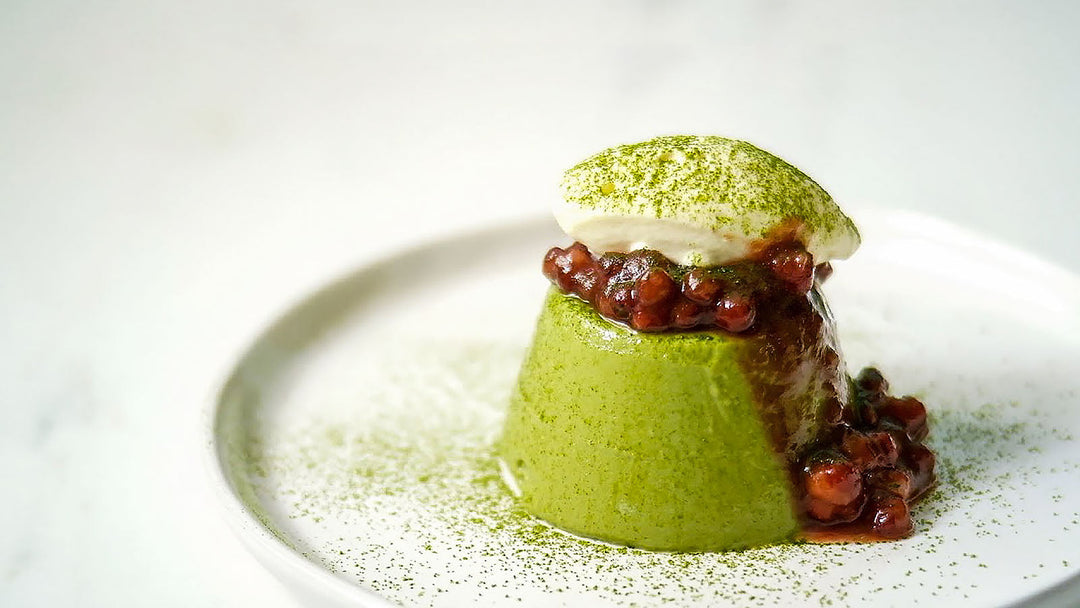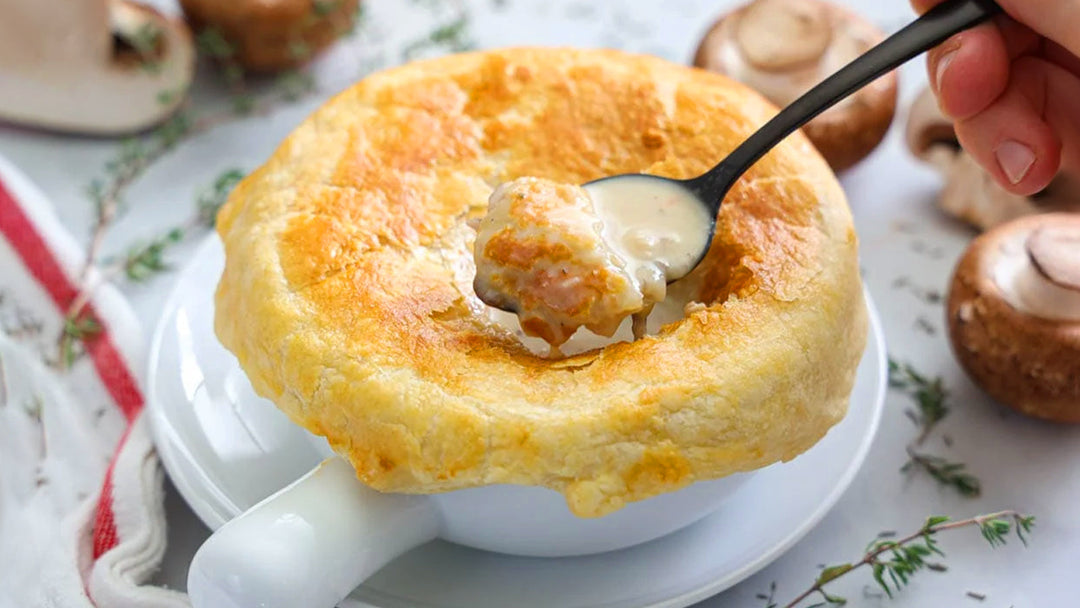Essential French Cooking Techniques: Mastering Classic Skills in the Kitchen

French cooking is renowned for its elegance, rich flavors, and time-honored traditions. It’s a culinary art form that requires precision, patience, and a deep understanding of technique. But fear not - while French cuisine may seem intimidating at first, mastering its essential techniques can elevate your cooking to new heights. In this blog post, we'll explore the key techniques in French cooking and how using high-quality cookware like SENSARTE Nonstick Cookware can make the process smoother and more enjoyable.
1. Sautéing: The Foundation of Flavor
Sautéing is one of the most fundamental techniques in French cooking. This method involves cooking food quickly in a small amount of fat over high heat. The goal is to develop a golden-brown exterior while keeping the inside tender and juicy. Sautéing is commonly used for meats, vegetables, and even seafood, helping to lock in flavors and textures.
To master the art of sautéing, you’ll need a pan that conducts heat evenly and doesn’t let ingredients stick. This is where SENSARTE Nonstick Cookware excels. Its superior nonstick surface allows you to cook without fear of burning or sticking, and the even heat distribution ensures that your food cooks uniformly. Whether you're sautéing chicken for Coq au Vin or mushrooms for a delicate side dish, having the right pan can make all the difference.
How to Sauté:
- Heat a small amount of oil or butter in your SENSARTE Nonstick Frying Pan Skillet over medium-high heat.
- Add your ingredients (meat, vegetables, etc.) and cook, stirring frequently to ensure even browning.
- The goal is to develop a crisp, golden exterior while keeping the inside juicy.
2. Roux: The Secret to French Sauces
French cuisine is famous for its rich, velvety sauces, and most of these sauces start with a roux - a mixture of fat and flour cooked together. Roux is the base for sauces like béchamel, velouté, and even gravy, and mastering it is key to elevating your French cooking.
Using SENSARTE Nonstick Sauce Pan, you can achieve the perfect roux without worrying about burning or uneven cooking. The smooth, nonstick surface makes whisking a breeze and prevents the flour from clumping. Once you master roux, you’ll be able to create a variety of sauces that can accompany everything from seafood to pasta.
How to Make a Roux:
- In your SENSARTE Nonstick Sauce Pan, melt butter over medium heat.
- Stir in an equal amount of flour and whisk continuously for 2-3 minutes, until it forms a smooth paste.
- Cook longer for a darker roux, which adds a nutty flavor ideal for rich dishes like gumbo or gravy.
3. Deglazing: Unlocking Depth of Flavor
Deglazing is a technique used to lift the flavorful browned bits, or "fond," left at the bottom of a pan after sautéing meat or vegetables. These bits are packed with flavor and can form the base for a delicious sauce. By adding liquid - like wine, stock, or even water - you can scrape up the fond and create a rich, flavorful sauce that enhances your dish.
To deglaze successfully, you need a pan that’s durable and resistant to scratches, as deglazing involves vigorous scraping. SENSARTE Nonstick Cookware is ideal for this, as its sturdy construction allows you to scrape up all those flavorful bits without damaging the surface. Plus, the nonstick coating makes cleaning up afterward a breeze!
How to Deglaze:
- After cooking your meat or vegetables in your SENSARTE Nonstick Deep Frying Pan, remove them and set aside.
- Add a splash of liquid (wine, broth, or water) to the hot pan.
- Use a wooden spoon or spatula to scrape up the browned bits from the bottom of the pan.
- Let the liquid reduce slightly to intensify the flavors, then use the sauce to accompany your dish.
4. Poaching: Delicate and Precise
Poaching is a gentle cooking method used to cook delicate ingredients like eggs, fish, or poultry in simmering liquid. In French cuisine, poaching is often used to prepare classic dishes like poached salmon or Oeufs en Meurette (poached eggs in red wine sauce). It’s a method that requires precision, as the goal is to cook the food gently without boiling, which can toughen the texture.
Having the right cookware is essential for poaching, as you need even heat distribution and precise temperature control. SENSARTE Nonstick Cookware ensures that your food poaches evenly without sticking to the bottom of the pan, making it easier to maintain a gentle simmer.
How to Poach:
- Fill your SENSARTE Nonstick PASCA Ceramic Sauce Pan with enough water or broth to cover the food you're poaching.
- Bring the liquid to a simmer, not a boil.
- Gently lower the food into the liquid and cook until just done. For eggs, this typically takes 3-4 minutes, while fish may take 10-15 minutes depending on the thickness.
5. Braising: Slow and Flavorful
Braising is a slow-cooking technique that involves searing meat at a high temperature and then cooking it slowly in liquid over low heat. This method is perfect for tougher cuts of meat, as the slow cooking breaks down the connective tissues, making the meat tender and flavorful. Classic French dishes like Boeuf Bourguignon and Coq au Vin rely on braising to achieve their melt-in-your-mouth texture.
For braising, you need cookware that retains heat well and distributes it evenly over long cooking periods. SENSARTE Cookware is perfect for this, as its nonstick surface ensures nothing sticks or burns during the extended cooking time, while its sturdy construction retains heat, ensuring your dish cooks uniformly.
How to Braise:
- In your SENSARTE Nonstick Duramax Nonstick Frying Pan, sear the meat until browned on all sides.
- Remove the meat and sauté vegetables in the same pan to build flavor.
- Return the meat to the pan and add liquid (broth, wine, etc.), covering the meat partially.
- Cover and cook on low heat for 1-3 hours, depending on the size and toughness of the meat.
6. Baking: Precision and Patience
Though often associated with pastry, baking is an integral part of French cuisine. From crusty baguettes to delicate tarts, baking requires precision and high-quality cookware to achieve the perfect results. Whether you're baking a savory quiche or a sweet clafoutis, having SENSARTE Nonstick Cookware will help ensure even baking and easy release of your creations.
The nonstick surface of SENSARTE Cookware allows for easy removal of delicate pastries without breaking them, and the even heat distribution ensures that everything bakes to perfection.
How to Bake:
- Preheat your oven and prepare your dish as directed.
- Use your SENSARTE Nonstick Detachable Handle Cookware to ensure even cooking and easy release.
- Follow baking times precisely, and use visual cues like golden-brown tops to ensure your food is done.
Conclusion
Mastering the essential techniques of French cooking is not just about following recipes; it’s about understanding the methods that form the foundation of French cuisine. Whether you’re sautéing vegetables, braising beef, or baking a delicate tart, using the right tools is crucial to success in the kitchen. With SENSARTE Nonstick Cookware, you’ll have the confidence to explore these classic techniques, knowing your cookware will perform flawlessly.
So next time you’re in the kitchen, take inspiration from French cuisine. With the right techniques and high-quality SENSARTE Cookware, you can create meals that are as elegant as they are delicious. Bon appétit!






Leave a comment